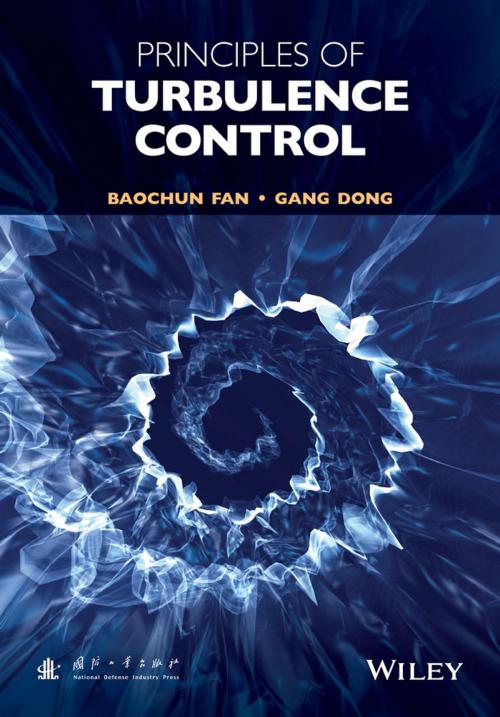| Author: | Baochun Fan, Gang Dong | ISBN: | 9781118718049 |
| Publisher: | Wiley | Publication: | March 23, 2016 |
| Imprint: | Wiley | Language: | English |
| Author: | Baochun Fan, Gang Dong |
| ISBN: | 9781118718049 |
| Publisher: | Wiley |
| Publication: | March 23, 2016 |
| Imprint: | Wiley |
| Language: | English |
This book introduces the mathematical techniques for turbulence control in a form suitable for inclusion in an engineering degree program at both undergraduate and postgraduate levels whilst also making it useful to researchers and industrial users of the concepts. It uses a mix of theory, computation and experimental results to present and illustrate the methodologies. It is based on the three part structure, wall turbulence, open loop control and feedback control with emphasis on optimal control methodologies. The book also includes an introduction of basic principles and fundamentals followed by a chapter on the structure of wall turbulence with emphasis on coherent structures. Elsewhere there is focus on control methods of wall turbulence by manipulating the boundaries though their motion and by applying control forces throughout the flow volume. The last two chapters will describe the linear and non-linear optimal controls. This integrated approach will help not only researchers interested in the topic but also graduate or advanced undergraduate students in their course work.
This book introduces the mathematical techniques for turbulence control in a form suitable for inclusion in an engineering degree program at both undergraduate and postgraduate levels whilst also making it useful to researchers and industrial users of the concepts. It uses a mix of theory, computation and experimental results to present and illustrate the methodologies. It is based on the three part structure, wall turbulence, open loop control and feedback control with emphasis on optimal control methodologies. The book also includes an introduction of basic principles and fundamentals followed by a chapter on the structure of wall turbulence with emphasis on coherent structures. Elsewhere there is focus on control methods of wall turbulence by manipulating the boundaries though their motion and by applying control forces throughout the flow volume. The last two chapters will describe the linear and non-linear optimal controls. This integrated approach will help not only researchers interested in the topic but also graduate or advanced undergraduate students in their course work.















